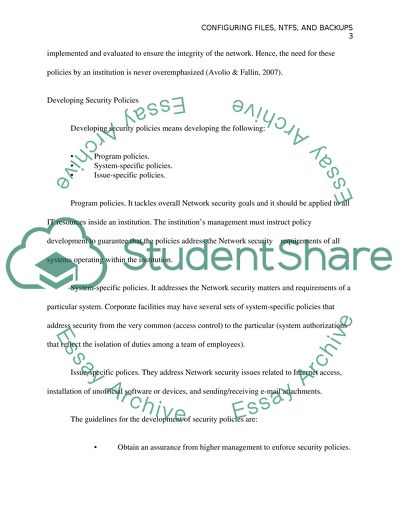Cite this document
(“Configuring Files, NTFS, and Backups Assignment”, n.d.)
Configuring Files, NTFS, and Backups Assignment. Retrieved from https://studentshare.org/information-technology/1604367-configuring-files-ntfs-and-backups
Configuring Files, NTFS, and Backups Assignment. Retrieved from https://studentshare.org/information-technology/1604367-configuring-files-ntfs-and-backups
(Configuring Files, NTFS, and Backups Assignment)
Configuring Files, NTFS, and Backups Assignment. https://studentshare.org/information-technology/1604367-configuring-files-ntfs-and-backups.
Configuring Files, NTFS, and Backups Assignment. https://studentshare.org/information-technology/1604367-configuring-files-ntfs-and-backups.
“Configuring Files, NTFS, and Backups Assignment”, n.d. https://studentshare.org/information-technology/1604367-configuring-files-ntfs-and-backups.


